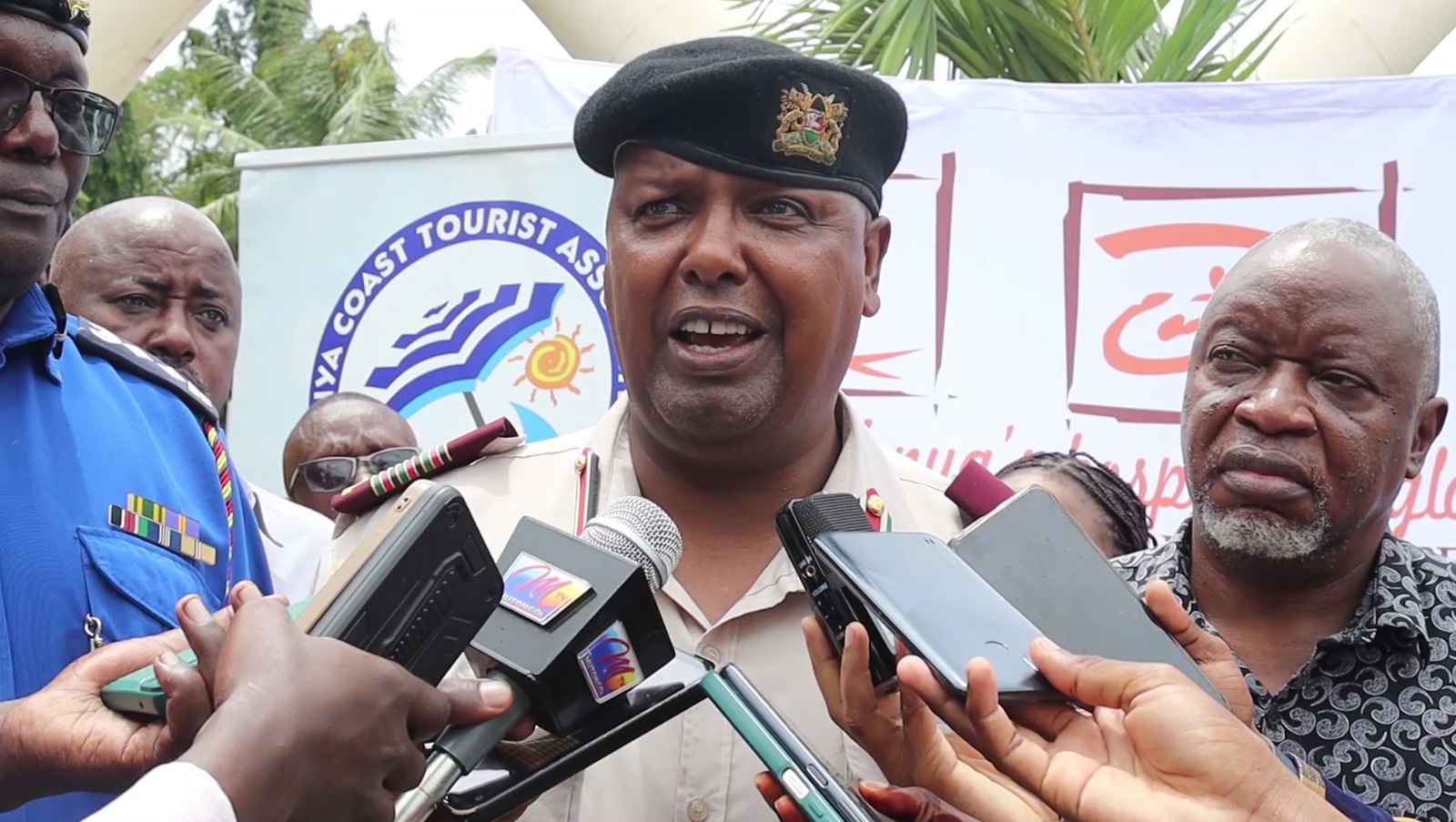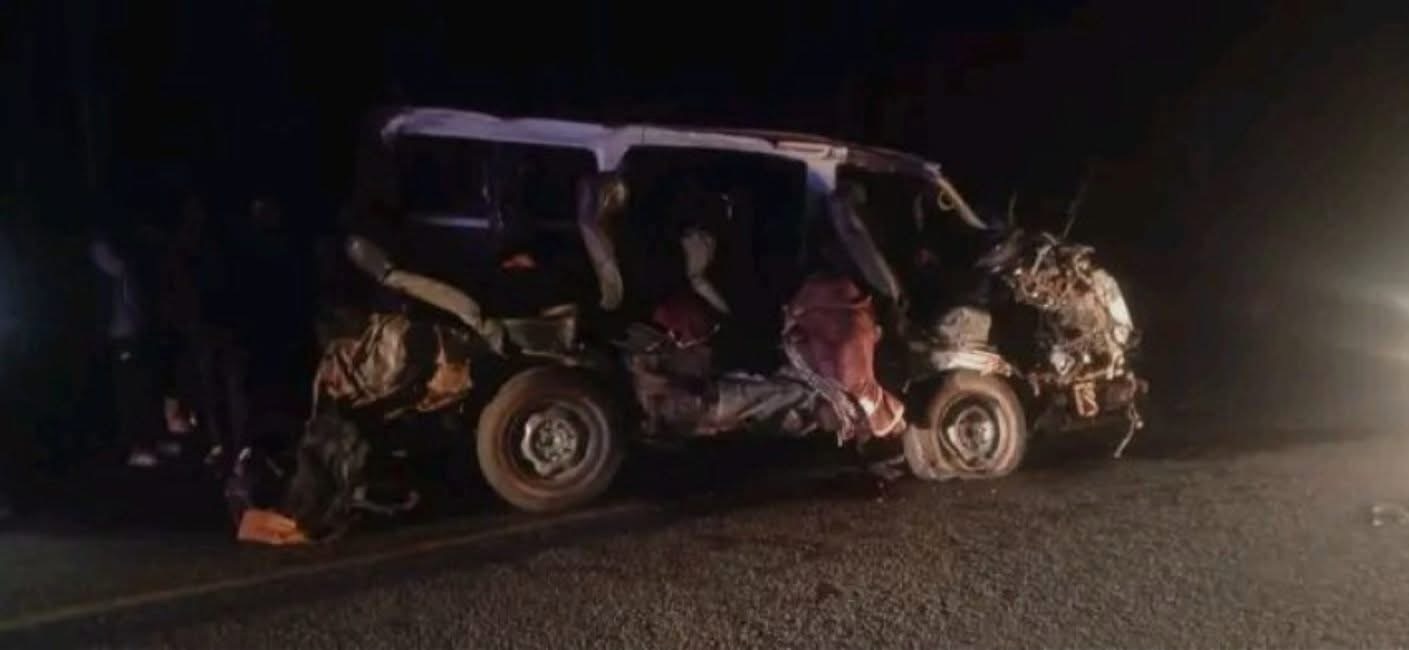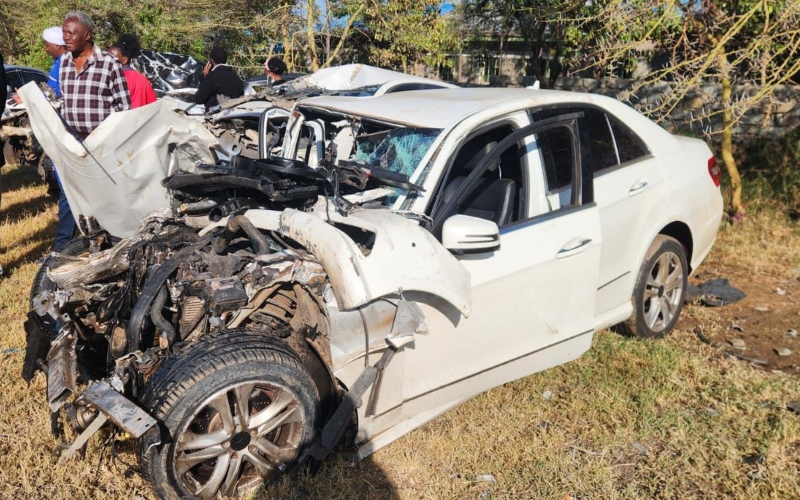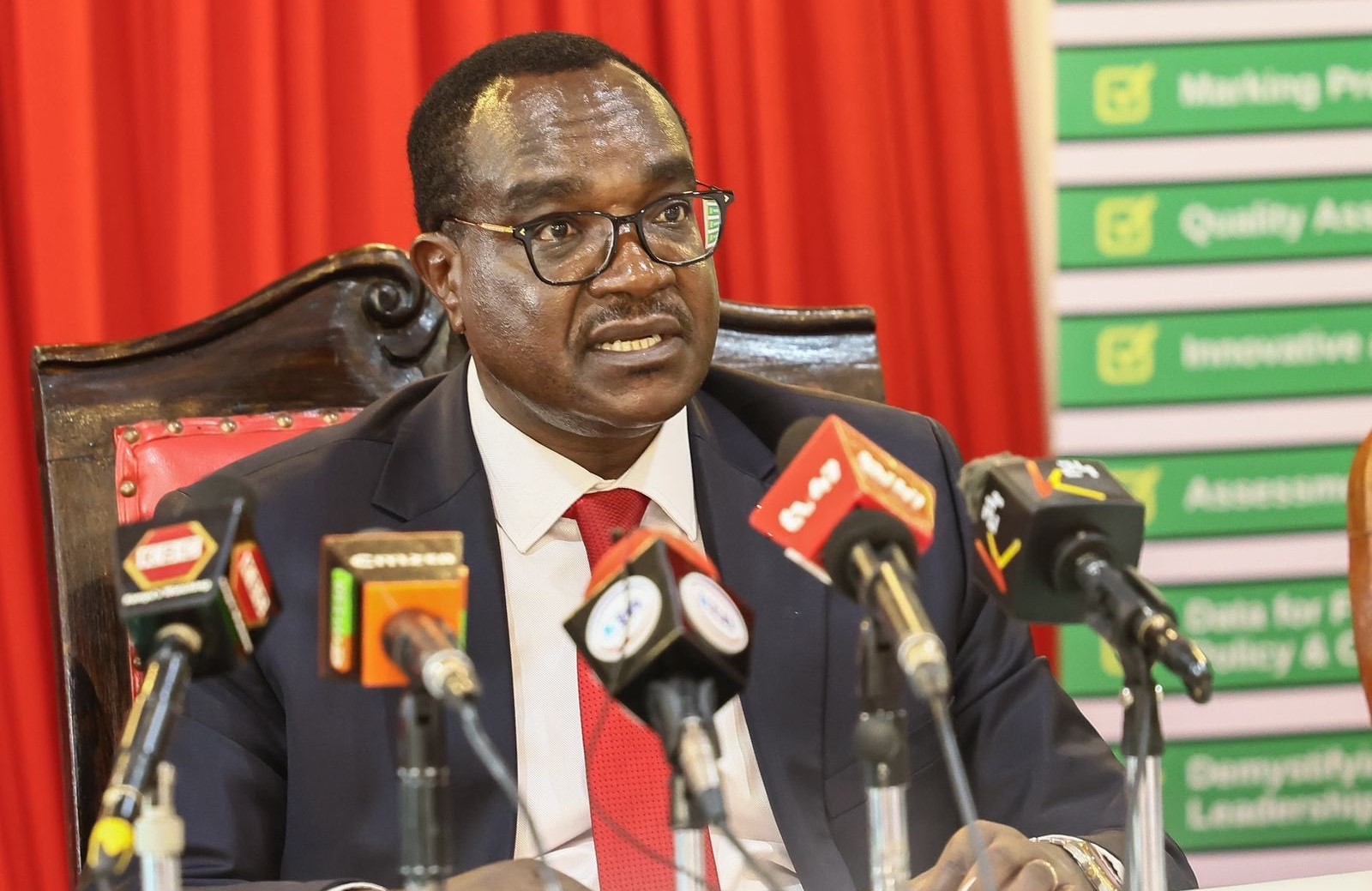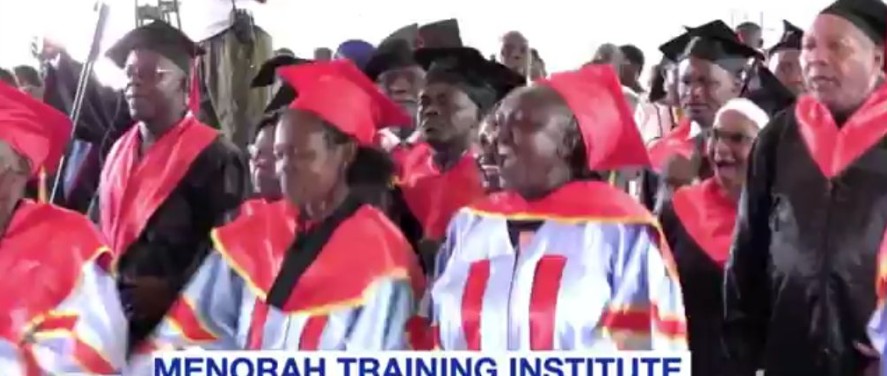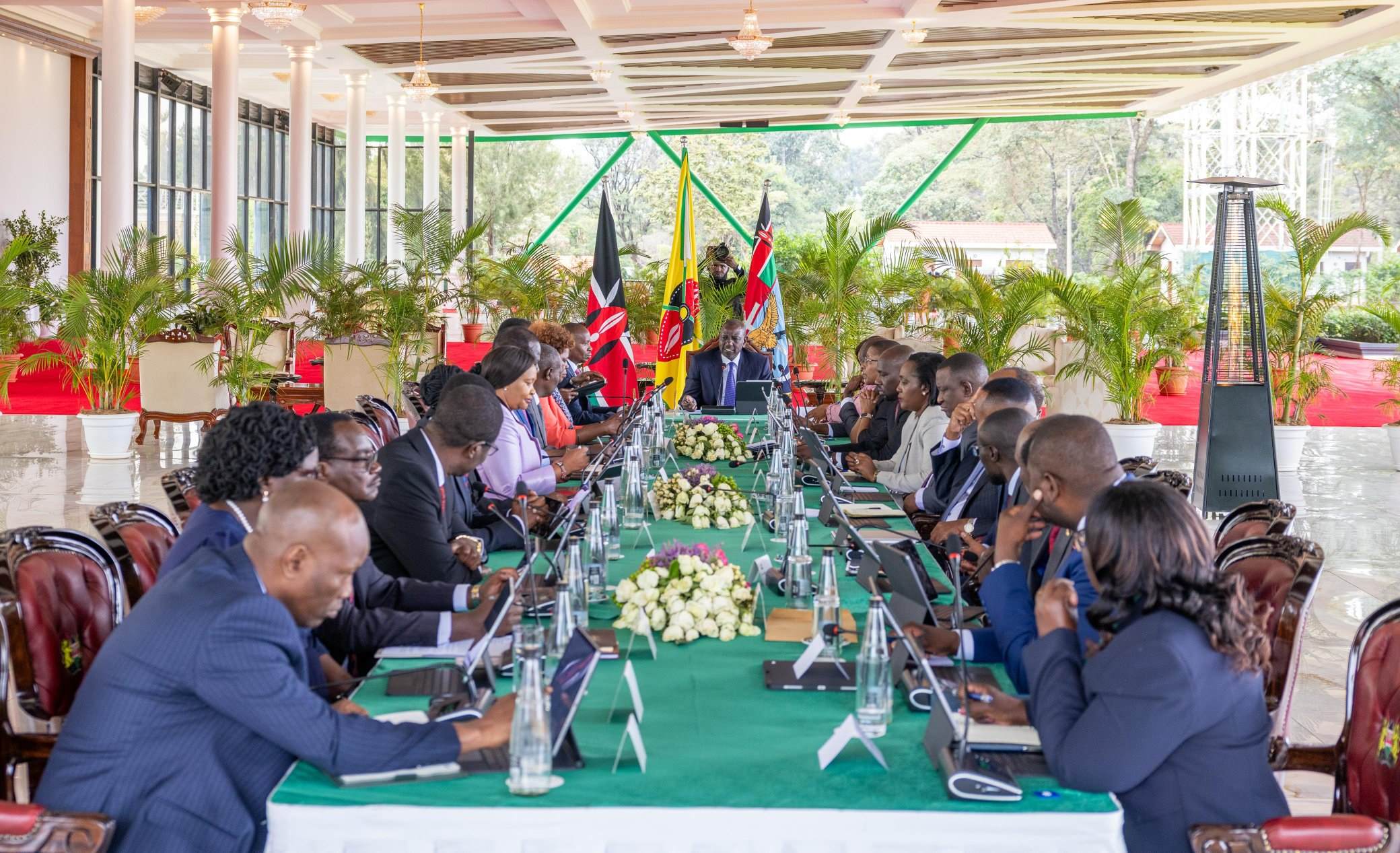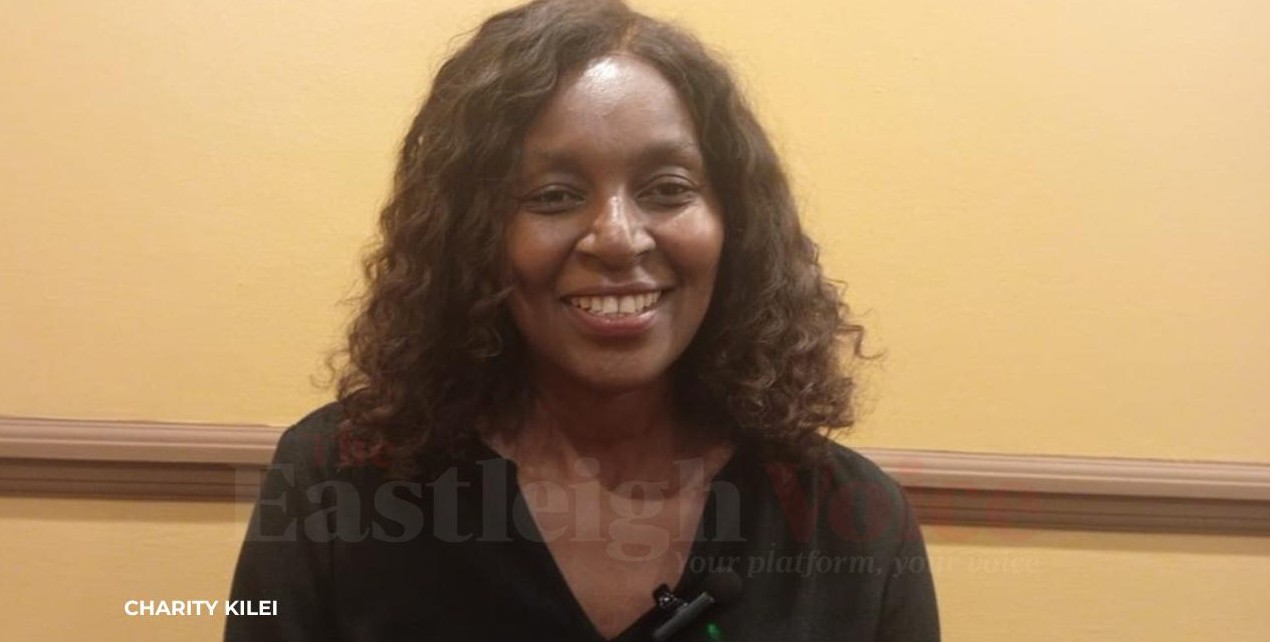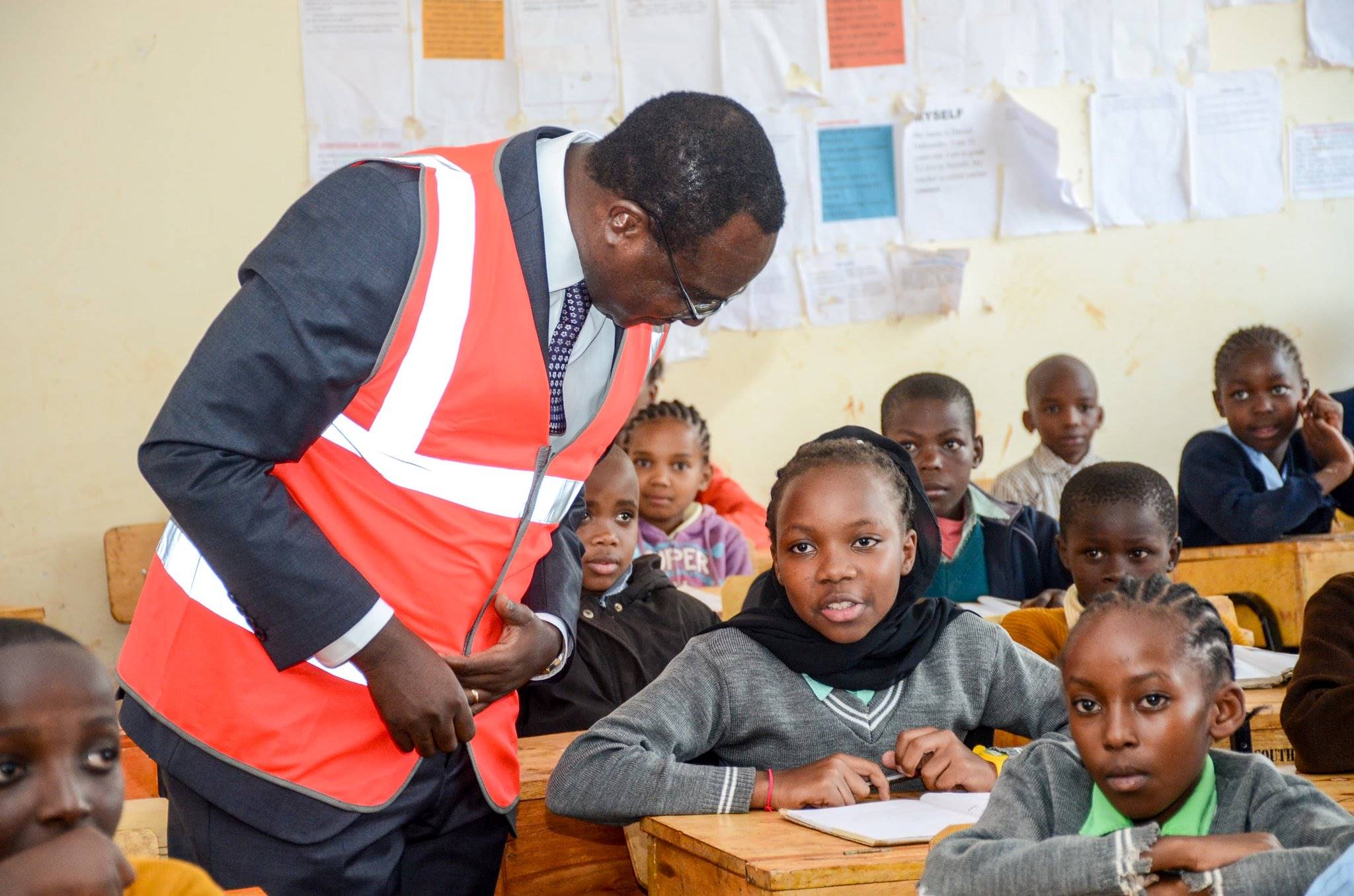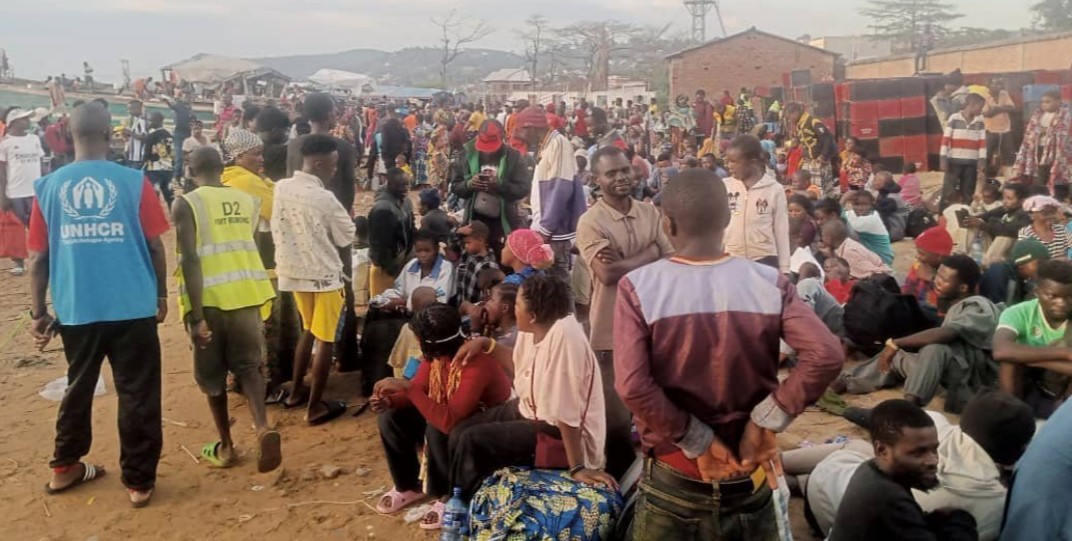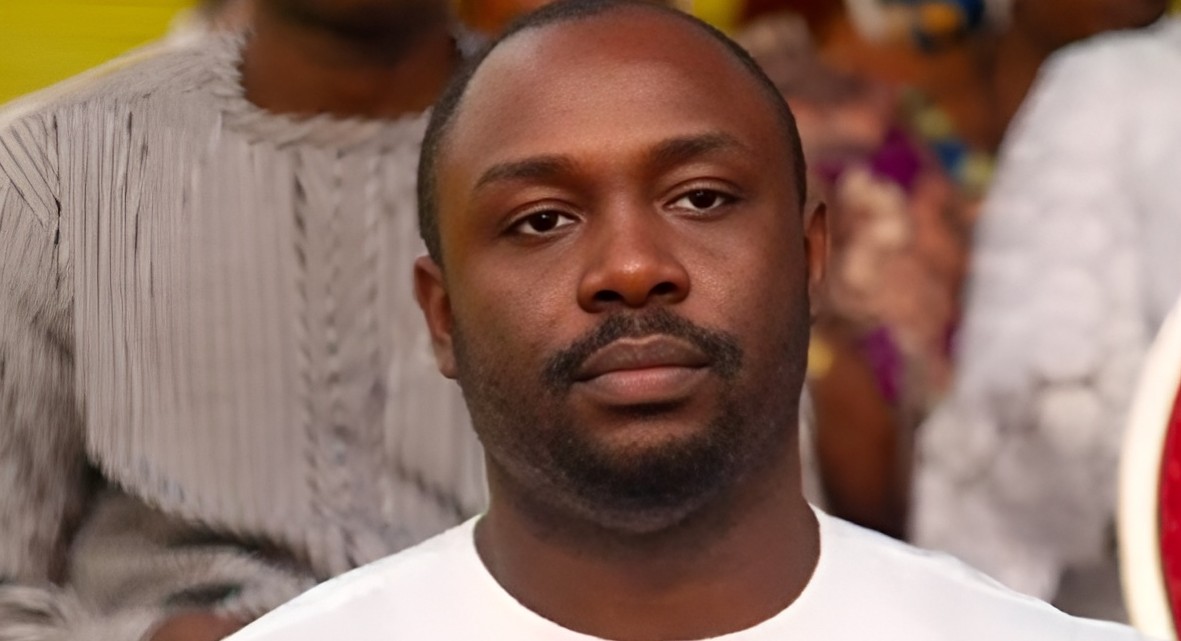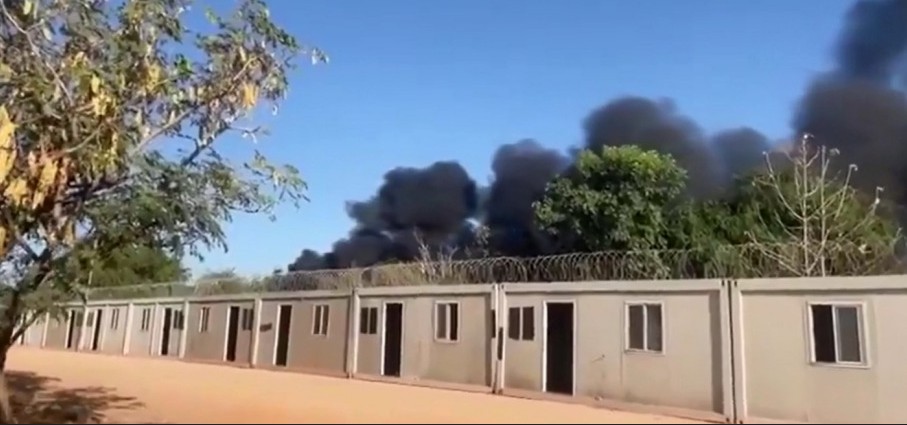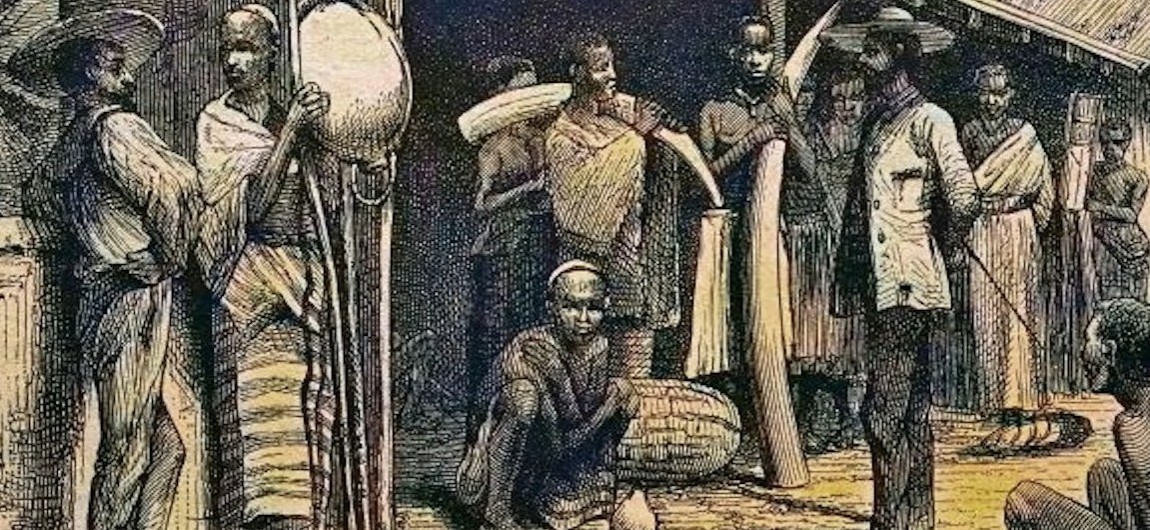Strong governance measures key to sustainable water projects in Isiolo - report
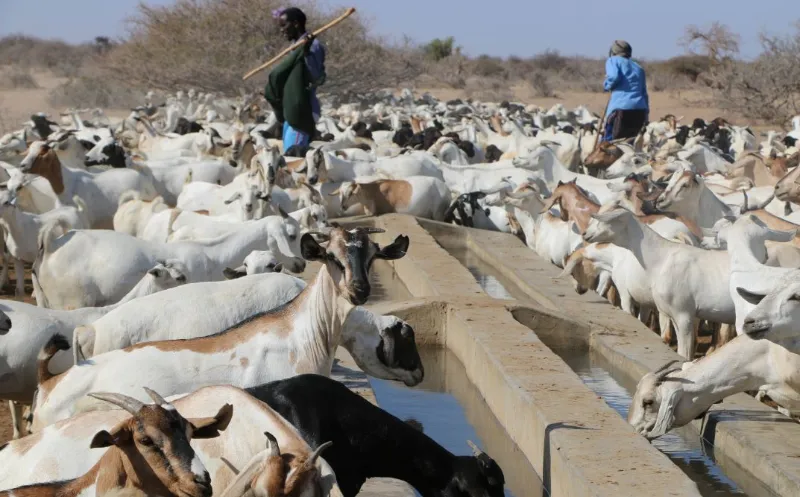
A study that examined the functionality of nine County Climate Change Fund (CCCC) water investments in the county found that residents were not getting value for many of the projects.
State and non-state actors undertaking water projects in Isiolo County must come up with stronger governance measures that will ensure the sustainability of the investments so that they continually benefit local communities, a report reveals.
A recent study by Adaptation Consortium (ADA) in partnership with the Merti Integrated Development Programme (MID-P) that examined the functionality of nine County Climate Change Fund (CCCC) water investments in the county found that residents were not getting value for many of the projects due to a range of issues.
More To Read
- Millions of hectares are still being cut down every year. How can we protect global forests?
- COP30 delivers mixed results on climate action, WEF experts say
- Managing conflict between baboons and people: what’s worked - and what hasn’t
- Kenya, Sweden partner to curb billions lost in post-harvest food waste
- UNEA-7 opens in Nairobi as global environmental diplomacy faces major challenges
- Isiolo side Odha FC, coach face year-long FKF suspension after playoff chaos
The projects covered were the Mokori rock catchment and Raap sand dam in Oldonyiro, Garbatulla's Bibi, Har Buyo, Belgesh and Manyangab water pans and Merti's Urura, Yamicha and Kobbe Dadach Guracha boreholes.
Water scarcity remains a challenge in the vast county due to changing climatic conditions, growing population and unsustainable water management practices.
Resource-based conflicts exacerbated by water scarcity, poor siting where the project is set up in areas that residents cannot access easily, inadequate maintenance and infrastructure breakdowns are among the issues that hinder the long-term functionality of the existing water infrastructure.
Out of the nine projects, only two; Mokori rock catchment and Manyangab water pan were found to be fully functional, two others; Raap sand dam and Kobe Dadach borehole were non-functional while the remaining five were not in use, due to seasonality.
Manyangab water pan which serves both livestock and humans, was during the survey, 60 per cent full, enough to last till next season even though its quality was found to be getting poorer over time.
Its facilities such as troughs, water tanks, pump house, piping system and a fence had been vandalized following banditry attacks by criminals from a neighbouring county.
Water blockage
The Oldonyiro rainwater harvesting facility was not functional in 2019 due to a blockage at the water intake but is now in use, thanks to rehabilitation by the Lay Volunteers International Association in collaboration with the county government.
The investment has among others a desilting pan, guard walls, rock gutters and intake pipelines and benefits 60 households during the wet season and 95 families during the dry spell. Some 300 goats and sheep water at the catchment across the seasons.
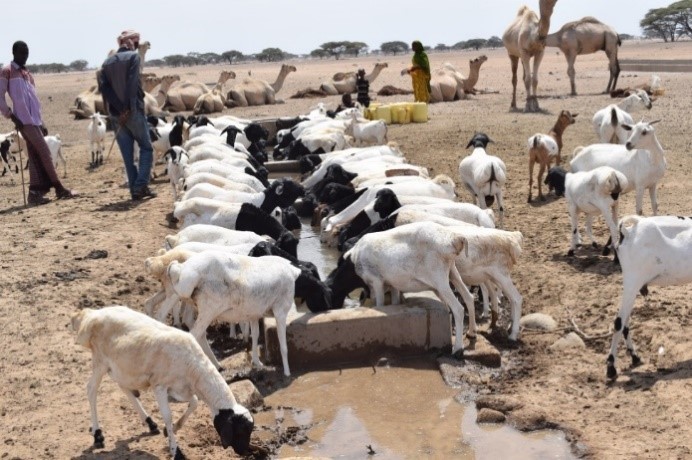 Goats drinking water from a trough at Yamicha borehole in Isiolo county. (Photo: Adaptation Consortium)
Goats drinking water from a trough at Yamicha borehole in Isiolo county. (Photo: Adaptation Consortium)
Urura and Yamcha boreholes that were functional in 2019 are among the projects that have borne the brunt of insecurity in the region. Banditry attacks that sometimes saw the facilities vandalized, forced the relocation of gensets and inverters to safer locations.
Both boreholes serve as strategic water points during rainy seasons to open up expansive grazing areas reserved for dry spells (for the sustainability of rangelands).
At the Belgesh water pan, the flow of water was minimal as the water surface flow had changed its course. Some repairs had been done on its intake but needed desilting before the onset of the March-April-May (MAM) rains.
Like other infrastructure, this one too was vandalised during past conflicts between Garbatulla residents and Garissa and Wajir neighbours. Storage tank, pump house and fence among the items destroyed.
Similarly, the Har Buyo water pan requires desilting and reconstruction of vandalised parts to support multiple uses by animals, humans and wildlife. The pan also requires sanitation facilities for hygiene purposes.
Non-climate smart
The majority of the investments were found to be non-climate-smart over failure to withstand climatic shocks and remain functional throughout amid the catastrophes.
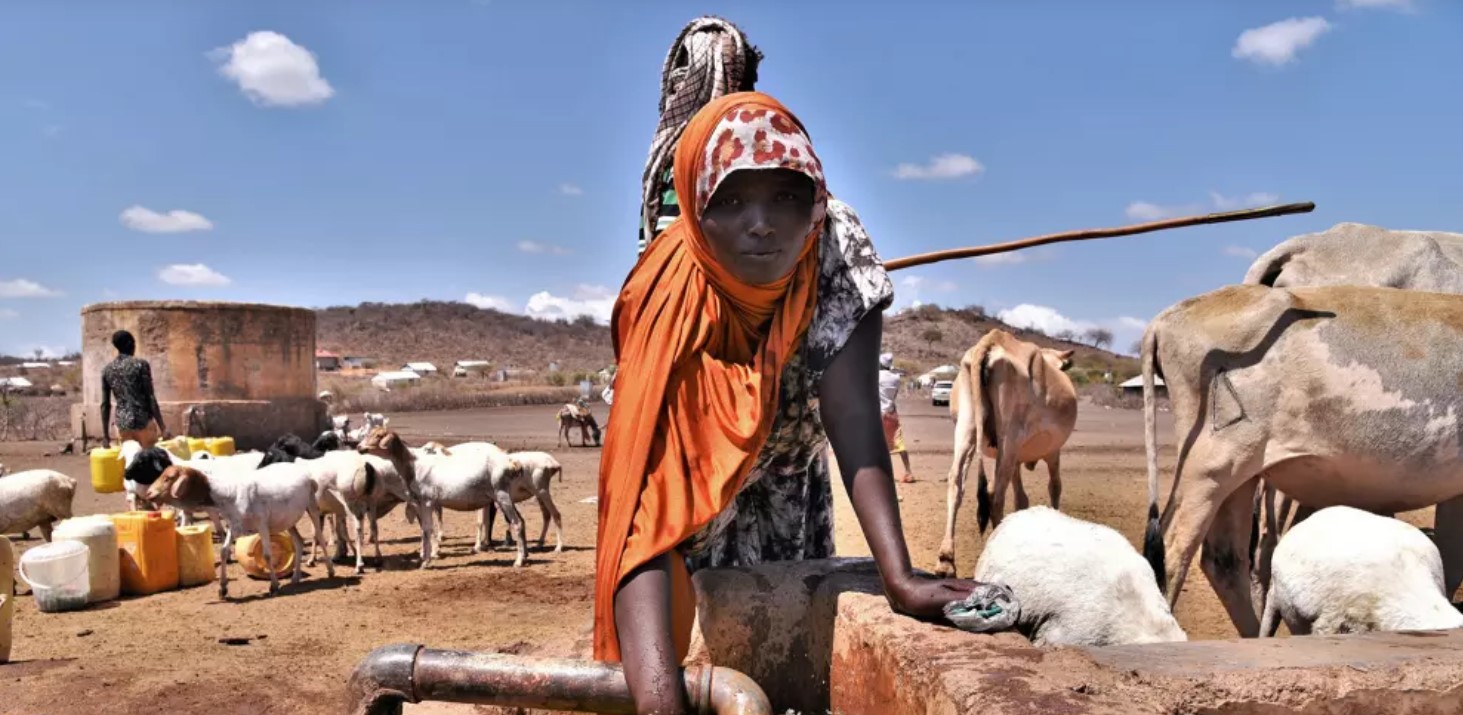 A woman fills a barrel at a watering point in Kula Mawe, Isiolo County. (Photo: Obi Anyadike/TNH)
A woman fills a barrel at a watering point in Kula Mawe, Isiolo County. (Photo: Obi Anyadike/TNH)
It was established that communities encounter multiple challenges in maintaining the operational status of the infrastructure through repairs, a cost they bear in most cases and which are funded through the revenue generated from the water fees or contributions from the users.
"There are limited resources available for purchasing necessary spare parts or paying skilled labour involved in the repairs... The unavailability of required spare parts in local markets poses a significant hurdle for maintenance efforts," read part of the survey's report.
The challenges affect the timely restoration of projects and their functionality.
Members of the public recommended that a hydrogeological survey be conducted to identify potential sites for drilling of boreholes in case where success was not met as an alternative.
"It is imperative to provide training to the committees (ward planning and site management) on operation and maintenance of facility components, furnish them with toolkits for minor repairs and educate committee members on effective natural resource management...," the draft report further indicated.
The research that was funded by SouthSouth North (SSN) was a follow-up to a similar study that was carried out in 2019 to track the functionality of the same projects and covered issues around projects' functionality status, maintenance, management and sustainability.
The draft report that was validated last week will be shared with various actors during the County Steering Group (CSG) meeting according to Mr Jacob Wako, senior programme officer at the Merti Integrated Development Programme (MID-P).
Top Stories Today
